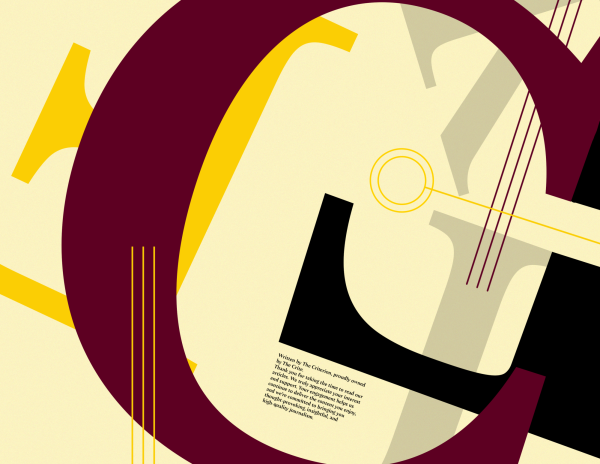I would expect most parents and students to be alarmed that the blue emergency phones will be removed because it gives parents and students a sense of security. However, these phones are supplying a false sense of security.
With the blue phones being up to 25 years old, the technology is outdated and hard to keep in working condition. The parts are not even available to buy if one needs to be fixed.
Another thing to consider is how these blue phones would work if these parts were still available. In order to use a phone a student presses a button that directly contacts 911 dispatch. The issue with this, if someone is under attack, hurt or in trouble in any way they are not going to be able to stand and wait for help to come to that blue pole.
“I think it should be an updated thing,” Colorado Mesa University student Avery Cantrell said. “With cell phones nowadays, yeah it’s convenient to have a cellphone, but say someone doesn’t have it and they need that.”
Allowing for extra safety is always a priority for any campus. Because these blue lights are rarely used, our Safe Walk Program, a service provided by CMU, allows for sufficient backup and precaution. Instead of introducing new technology to replace the blue lights, I believe students should take advantage of this program.
Molly Kubesh, a junior on campus, held a similar opinion as Cantrell: that these blue phones should stay, with some upgrades.
“We should still have them, just updated,” Kubesh said.
It may seem that the campus is simply taking out an important safety measure, but really the campus is becoming safer by removing something that could potentially fail during use.
The decision to dispose of the phones could allow for possible funding towards other programs, and hopefully toward other already existent safety programs. The upkeep of outdated technology can be pricy, with constant issues coming forth regarding their reliability.
CMU is not the first to question the removal of this technology either. Campuses across the nation such as Contra Costa Community College and the University of Tennessee have had issues with similar technology as well. This recurring issue, not only with our campus but others as well, shows that the phones truly do not provide safety for students.
It comes down to what is most efficient in keeping our campus safe, and if the blue lights are not adding to the overall safety, then I see no reason to keep them. To dispose of the blue phones means increasing campus safety, as well as saving the school some money.








